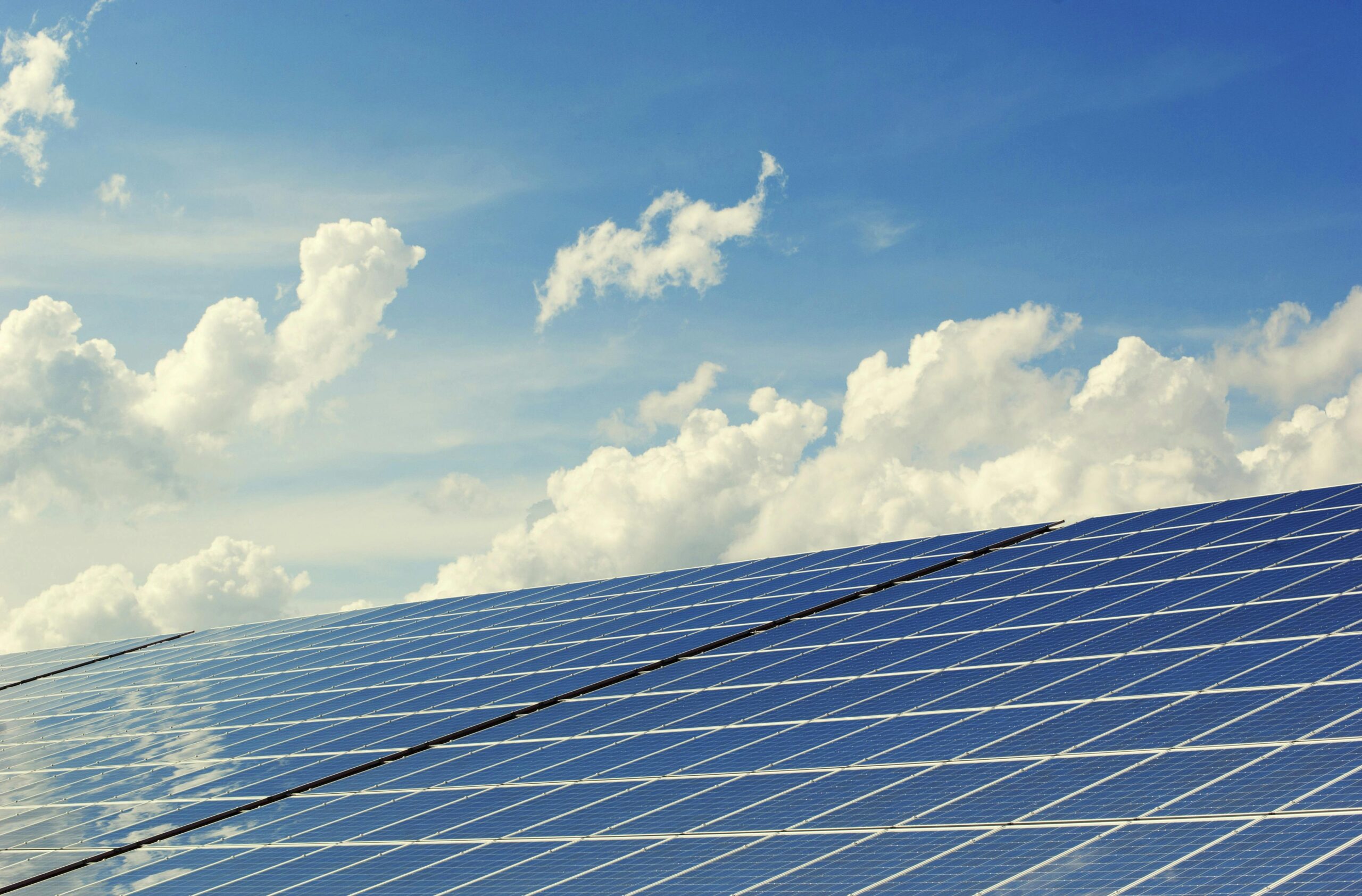Unleashing the Power of Solar Energy: Harnessing Sunlight for a Sustainable Future
In a world increasingly concerned with sustainability and combating climate change, the search for clean, renewable energy sources has never been more urgent. Among the myriad options available, solar energy stands out as one of the most promising solutions. Harnessing the power of sunlight, solar energy has the potential to revolutionize the way we power our homes, businesses, and communities while significantly reducing our carbon footprint.
The Rise of Solar Energy
Solar energy, often referred to as photovoltaic energy, is derived from the sun’s radiation. This abundant and renewable energy source is harnessed using solar panels, which convert sunlight into electricity through the photovoltaic effect. The use of solar energy has experienced exponential growth in recent years, driven by advances in technology, declining costs, and increasing environmental awareness.
Solar Panels: The Building Blocks of Solar Energy
At the heart of solar energy systems are solar panels, also known as photovoltaic (PV) panels. These panels are composed of multiple solar cells, typically made of silicon, that capture sunlight and convert it into electricity. When sunlight hits the solar cells, the photons in the light excite electrons, generating an electric current. This electricity can then be used to power homes, businesses, and even entire communities.
Solar panels come in various types, including monocrystalline, polycrystalline, and thin-film. Monocrystalline panels are made from single-crystal silicon, offering high efficiency and space-saving design. Polycrystalline panels are composed of multiple silicon crystals and are generally more affordable but slightly less efficient. Thin-film panels, on the other hand, use thin layers of semiconductor materials such as cadmium telluride or amorphous silicon, making them lightweight and flexible but less efficient than crystalline panels.
Advantages of Solar Energy
The adoption of solar energy offers numerous advantages:
- Clean and Renewable: Solar energy is abundant and inexhaustible, making it a sustainable alternative to fossil fuels. Unlike coal, oil, and natural gas, solar energy generation produces no greenhouse gas emissions or air pollutants, helping to combat climate change and improve air quality.
- Cost-Effective: While the initial investment in solar panels and installation may seem daunting, solar energy systems can significantly reduce electricity bills over their lifespan. With declining costs and various financial incentives such as tax credits and rebates, solar power has become increasingly affordable for homeowners and businesses alike.
- Energy Independence: By generating electricity onsite, solar energy reduces reliance on centralized power grids and imported fossil fuels, promoting energy independence and resilience.
- Low Maintenance: Solar panels require minimal maintenance, with no moving parts to wear out. Routine cleaning and occasional inspections are typically all that’s needed to ensure optimal performance.
- Versatility: Solar energy systems can be deployed in various settings, from residential rooftops and commercial buildings to remote off-grid locations and utility-scale solar farms. This versatility makes solar energy accessible to a wide range of users, regardless of location or energy needs.
FAQs About Solar Energy
Q: Are solar panels effective in cloudy or rainy climates?
A: While solar panels perform best in sunny conditions, they can still generate electricity on cloudy or overcast days. However, their efficiency may be reduced in these conditions. Additionally, regions with frequent rain or heavy cloud cover may not be ideal for solar energy generation.
Q: How long do solar panels last?
A: Most solar panels come with warranties ranging from 20 to 25 years, but they can last much longer with proper maintenance. While the efficiency of solar panels may degrade slightly over time, they typically retain a significant portion of their initial output even after decades of use.
Q: Can I store excess solar energy for use during nighttime or cloudy days?
A: Yes, excess solar energy can be stored in batteries for later use. Solar battery storage systems allow homeowners and businesses to store surplus electricity generated during the day and use it when sunlight is not available, thereby increasing energy independence and resilience.
Q: How much space do I need for solar panels?
A: The space required for solar panels depends on factors such as energy consumption, panel efficiency, and available sunlight. On average, a typical residential solar energy system may require anywhere from 100 to 400 square feet of roof space per kilowatt of installed capacity.
Q: Are there any government incentives available for installing solar panels?
A: Yes, many governments offer financial incentives to promote the adoption of solar energy, including tax credits, rebates, and net metering programs. These incentives can help offset the upfront costs of solar panel installation and make solar energy more affordable for homeowners and businesses.
Solar energy represents a clean, renewable, and sustainable solution to our growing energy needs. With advancements in technology and declining costs, solar power has become an increasingly viable option for homeowners, businesses, and communities around the world. By harnessing the power of sunlight, we can reduce our reliance on fossil fuels, combat climate change, and build a brighter, more sustainable future for generations to come.




